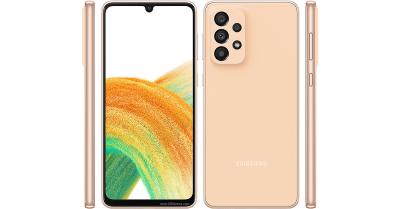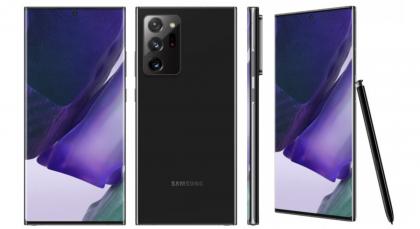Samsung launches three new AMOLED phones, the A33, A53 and the A73
Samsung announced three new Samsung Galaxy phones, in its popular mid-range A-series. First up is the Galaxy A33 which features a 6.4" 90Hz 1080x2400 Super AMOLED display, and the second is the Galaxy A53 which features a larger 6.5" 120Hz 1080x2400 Super AMOLED display.

Most interesting is the Galaxy A73,which sports a 6.7" 120Hz 1080x2400 Super AMOLED+. It is not clear what Samsung refers to as a Super AMOLED+, it could be a non-pentile display like the old Super AMOLED Plus displays.






